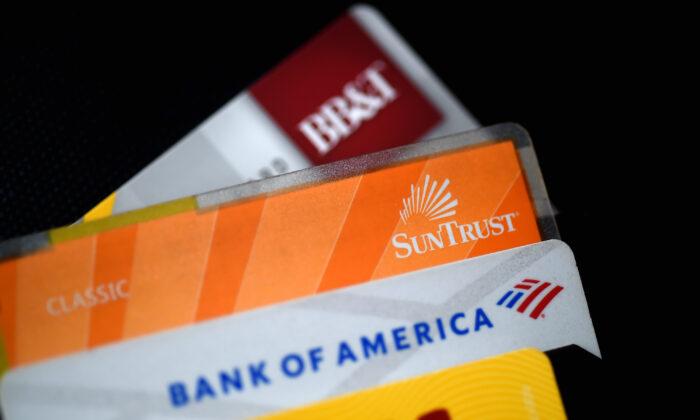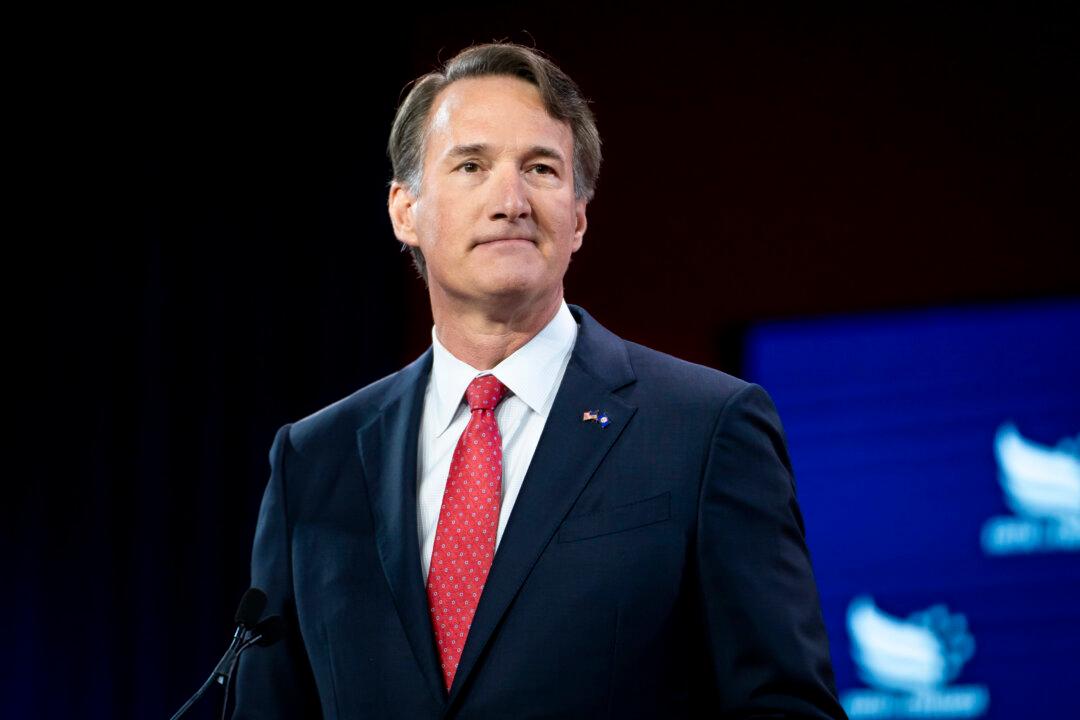Americans cut back on retail spending for a second consecutive month in December despite inflation easing slightly during the typically busy holiday shopping season, data from the Commerce Department showed on Jan. 18.
Retail sales, at $677.1 billion, fell 1.1 percent in December, which was worse than expected and marked the largest monthly decline in 2022. Data for November were revised to show sales dropping 1.0 percent instead of 0.6 percent as previously reported.
Economists polled by Reuters had forecast sales decreasing by 0.8 percent last month. Year-on-year, retail sales rose 6.0 percent in December.
Overall, consumers forked out less on everything from vehicles, gasoline, and furniture as well as eating out amid soaring inflation, which has forced many to cut back on necessary spending.
More Americans Turning to Credit Cards
Elsewhere, online retail sales dropped 1.1 percent while consumers also opted to spend less on food services and drinking places, the only services category in the retail sales report. They fell 0.9 percent amid the rising price of food.Electronics and appliance store sales also declined 1.1 percent while clothing store sales dropped 0.3 percent and a decrease in receipts at general merchandise stores was also seen, despite consumers typically racing to all of the above to purchase gifts over the Christmas holiday season.
Department stores saw the largest decline in spending, which fell by 6.6 percent, according to the data.
The Commerce Department’s retail sales data are not adjusted for inflation. Excluding sales from automobiles, gasoline, building materials, and food services, retail sales dropped 0.7 percent in December.
Early consumer shopping that began in October, when many stores began offering sales and discounted products, may have prompted a decline in spending in December.
Many Americans had, until recently, largely been able to keep up with rising prices thanks in part to the billions of dollars in COVID-19 pandemic-era stimulus funding dispensed by the government in an effort to keep households and businesses afloat. Rising pay and solid job hiring had also helped to offset the increasing prices.
‘Cracks Appearing’ in Consumer Resiliency
Consumer credit reporting agency TransUnion warned in December that American consumers are likely to fall behind on their personal loan and credit card payments in 2023 at the highest rate in over 10 years amid increasing interest rates and stubbornly high inflation.Meanwhile, the Federal Reserve raised its key interest rate again in December, marking the seventh time in 2022 that the central bank did so as it tried to cool down inflation.
The Fed announced another 50-basis-point interest rate increase in December, bringing the target range for the federal funds rate to between 4.25 percent and 4.5 percent, its highest in 15 years. That brings with it higher borrowing costs, too.
The latest data appear to suggest that consumer spending and the overall economy are on a weak trajectory heading into 2023.
Meanwhile, the World Economic Forum said on Tuesday that while global inflation “likely peaked in 2022,” low-income individuals and those living in the developing world will likely be grappling with a cost of living crisis for years to come.
“There are cracks appearing in the resiliency that consumers have shown in 2022, as higher prices, interest rate increases and the uncertainty of the macroeconomic environment finally take their toll,” Moody’s Vice President Mickey Chadha said.





